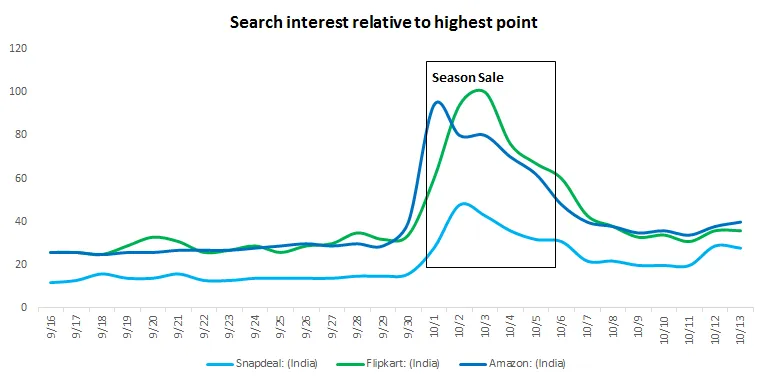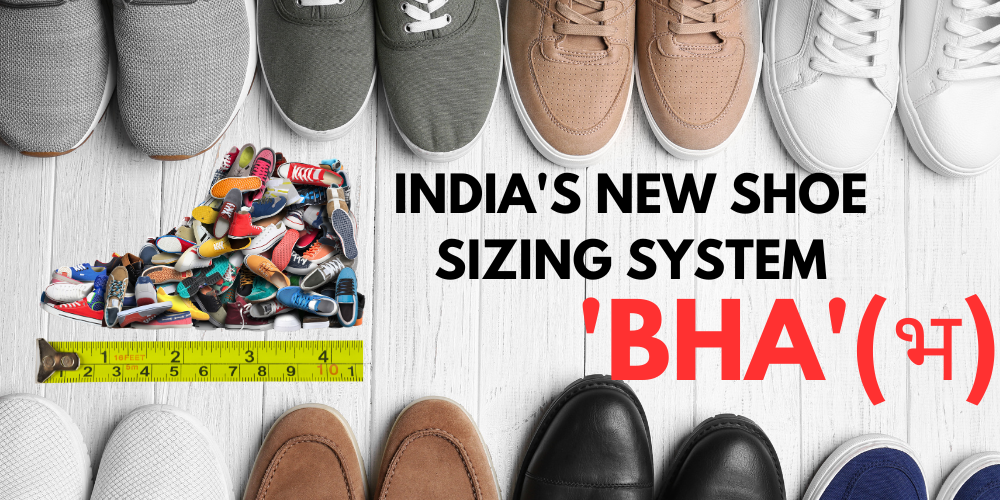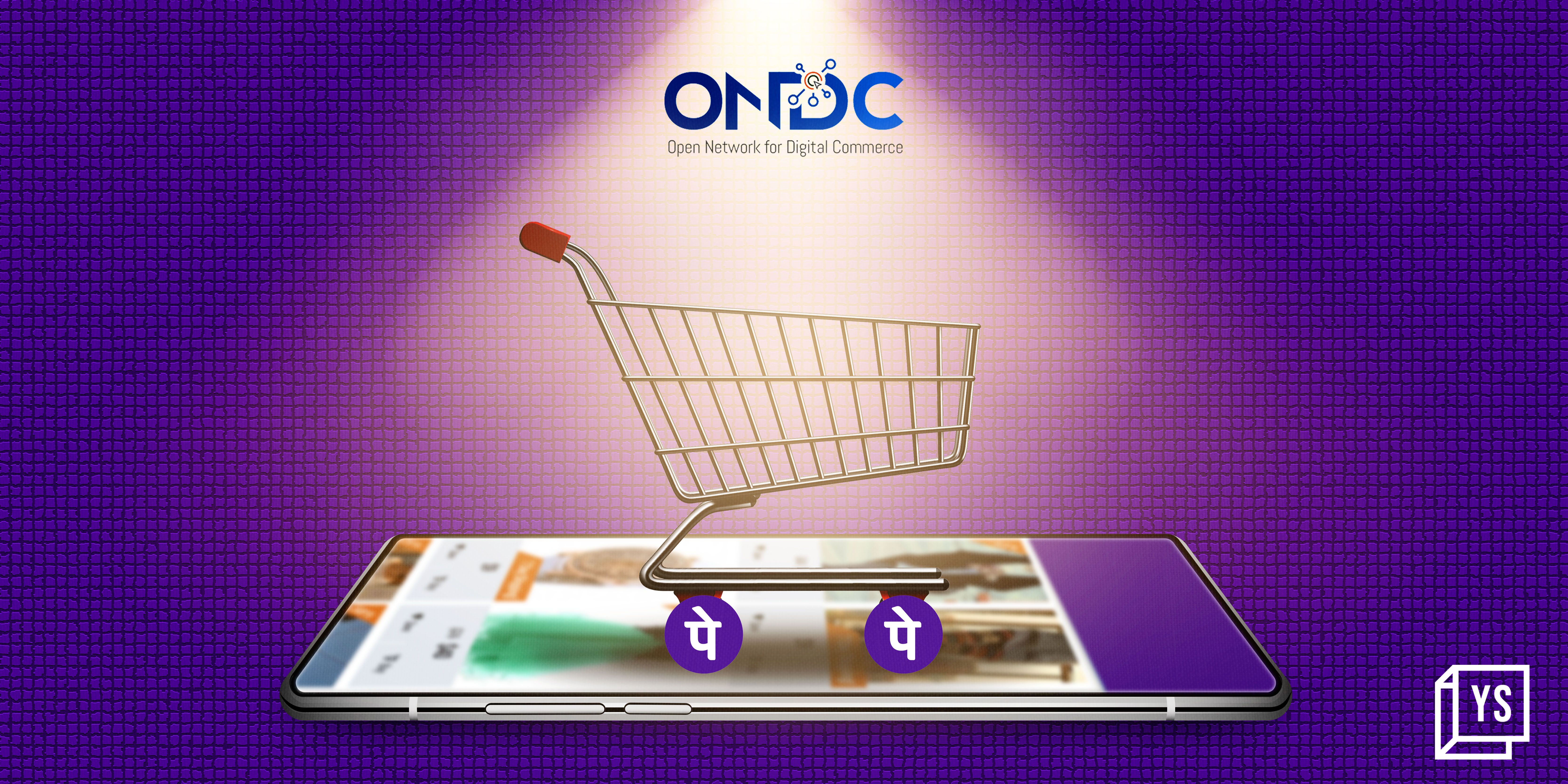How Big Data is impacting the e-commerce industry
In recent years, India has become one of the fastest developing markets in the e-commerce industry. With an online user base of around 100 million in 2016, the e-retail business in India is expected to touch the $100 billion revenue mark by 2020. As per an Assocham survey, consumer demand is witnessing a market growth of as much as 40 percent in the ongoing festival season, as compared to 2015. This exponential growth can largely be attributed to the massive chunks of data available with companies. Availability of data has created the opportunity to utilise past trends and performances for growth, allowing companies to improve customer satisfaction via better products and services.

As retailers prepare for the big season sale, the use of Big Data has become a critical force in growing revenues. Big Data Analytics is helping retailers stay in front of a new breed of consumer, the omni-channel shopper. Consumers are today shopping across multiple channels, from brick-and-mortar stores and catalogues to online websites and mobile devices. This transformation is in large part driven by advances in portable devices, digital media and geo-based technology.
The omni-channel shopping revolution has put the customer in control, compelling the retailers to look for a single, seamless approach that lets them interact with their customers anytime and anywhere, across any and all channels. The ability to foster a sales experience that melds the world of physical stores with online shopping has led both the consumers and the retailers to embrace omni-channeling retailing. E-commerce companies have now turned to Big Data Analytics for focused customer group targeting,, evaluating campaign strategies and maintaining a competitive advantage, especially during the festive shopping season.

Here are some of the many ways in which companies use Big Data to provide a personalised customer shopping experience.
Customer Journey and Behaviour
Big Data plays an important role in tracking the entire journey of a customer, from entry to exit. An average online shopper may not realise that every click is being monitored and that all purchases being made are captured from beginning to end. Dividing customers into different segments based on a combination of purchase patterns and demographic details makes it easier to target them better. Such categorisations are even more critical during campaigns and festive sales, when companies invest heavily to attract new customers and retain existing base.
Search and purchase information of buyers three or four months prior to the sale yields a deep understanding of current trends and actual demand. This is extremely useful as sellers can then stock their inventory accordingly and optimise shelf space. For example, based on historical data, Electronics, Automobiles and Apparel & Clothing are some of the categories that see the highest purchase volumes during festivals; hence, demand forecasting and inventory stocking of merchandise before the sale period can be utilised to give optimum discounts, thus maximising revenue.
Demographics also play an important role in demand. It has been observed that Kolkata and other major cities witness a spike on Durga Puja, while North India is expected to pick up pace in the coming days. Big Data helps in predictive analysis and inventory management by analysing customer behaviour.
Personalised Offers and Recommendations
E-retailers make huge investments in order to attract new customers to their websites and maximise their return on investment. This is where campaigns, referral programmes and coupons act as triggers to attract new traffic to websites. Amongst competitors, it is a matter of how the data being captured is analysed, extrapolated and converted into business decisions and strategies that decides the market leader.
As a next step to customer behavioural analysis, e-retailers use recommender systems to generate recommendations autonomously for individual users based on past purchases and searches, as well as on the behaviour of other, similar users. This not only provides an interactive and richer experience to customers, but also improves the retailer’s ability to increase sales through cross-sell and up-sell. For example, recommending mobile accessories to a person searching for or buying a phone will increase the odds of a cross-sell. Retailers can also extract useful insights from a buyer’s search history and his actions on social media (likes and clicks), thereby being able to provide personalised advertisements that can enrich the customer’s overall shopping experience.
Customer feedback
Customer feedback is undoubtedly the most important tool for companies looking at improving their business. It can be safely assumed that the growth of a company is directly proportional to the satisfaction of its customers - the happier the customers, the more they tend to indulge in the services offered. Analysing customer feedback provides actionable insights not only to create better customer experience, but also to improve existing products or services.
One of the most important utilisations of feedback data is sentiment analysis of reviews and ratings. Sentiment analysis is a method of identifying customers’ reviews and opinions about products and services. Big Data helps in processing a large amount of reviews that are not in similar formats, and stores the combination of data, which is more efficient. With the use of text analytics and machine learning, positive and negative reviews are categorised into different buckets and analysed to gather useful insights about customer satisfaction and the overall business. This processed data can be a useful asset for organisations looking for direct customer touch-points.
Moving computation is always cheaper than moving data, and Big Data follows the same approach. Online companies generate click stream data in huge volumes. With the help of analytics, e-retailers analyse customer feedback from both their and the competitors’ previous campaigns to improve their strategies by determining issues and resolving them in the next sale.

Big Data has helped the e-commerce industry in many ways, but there are still an infinite number of possibilities to explore. Many companies have already started using Big Data for real-time analysis. Real-Time Big Data Analytics (RTBDA) can result in improved sales and higher profits by detecting and resolving issues at the time of purchase rather than post purchase. RTBDA can help satisfy customers by resolving issues on the spot and detecting fraud at the same time. In the future, machines using RTBDA will be able to respond like humans in a critical situation.
Big Data when combined with the Internet of Things can certainly open endless opportunities for decision making. IoT connects multiple devices via the internet, generating vast amounts of data. This data, if utilised properly, can be very useful, allowing the e-commerce industry to predict precisely what, where and when a buyer is willing to pay.
While Big Data is being used for providing insights from transactional and behavioural data, what if it is used for voice-based search as well? A few companies have already started working in this direction by storing and analysing voice data. Once more organisations start seeing value in creating new use cases instead of replicating what is already done, it will soon generate a new methodology for e-commerce companies to grow their businesses.
(Disclaimer: The views and opinions expressed in this article are those of the author and do not necessarily reflect the views of YourStory.)











